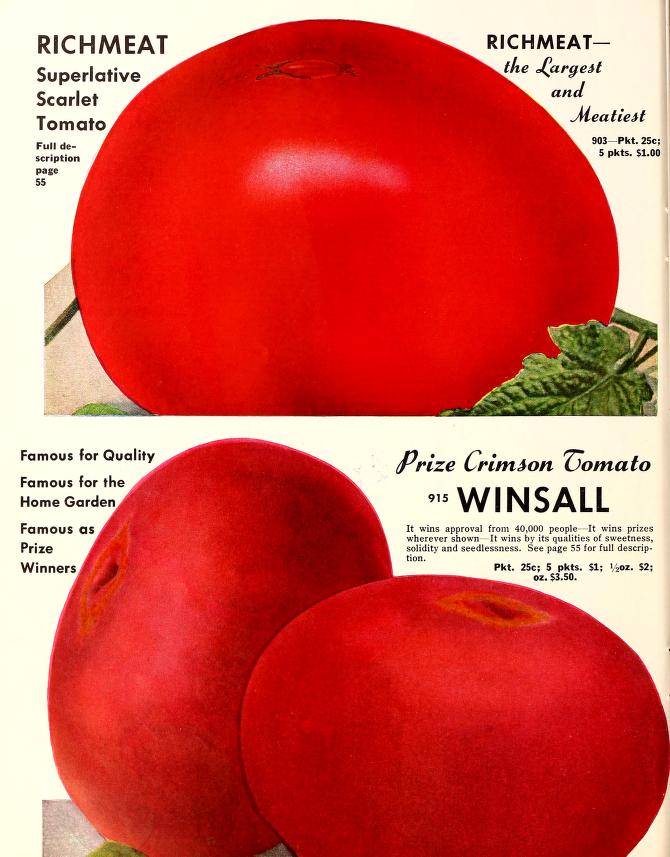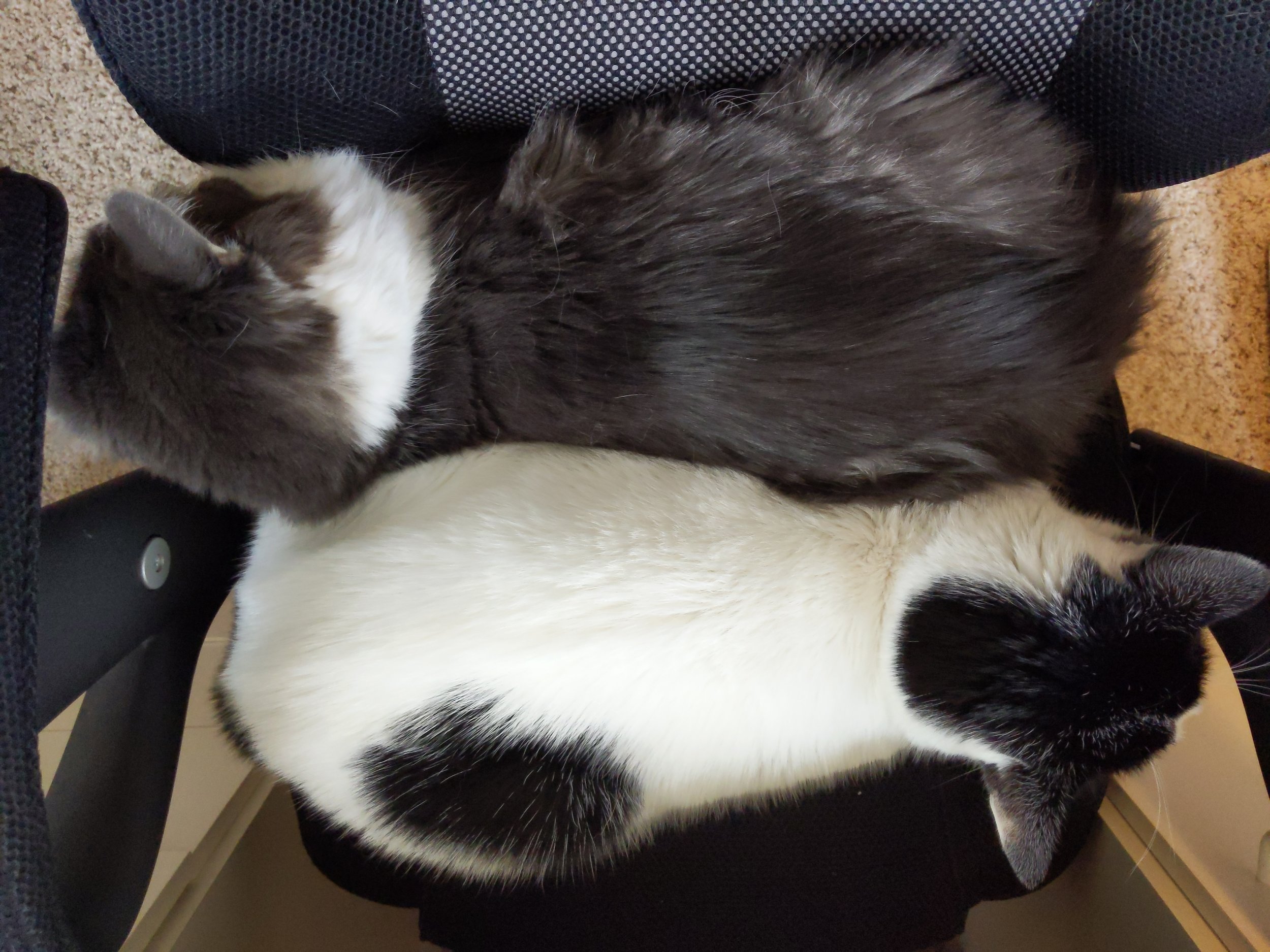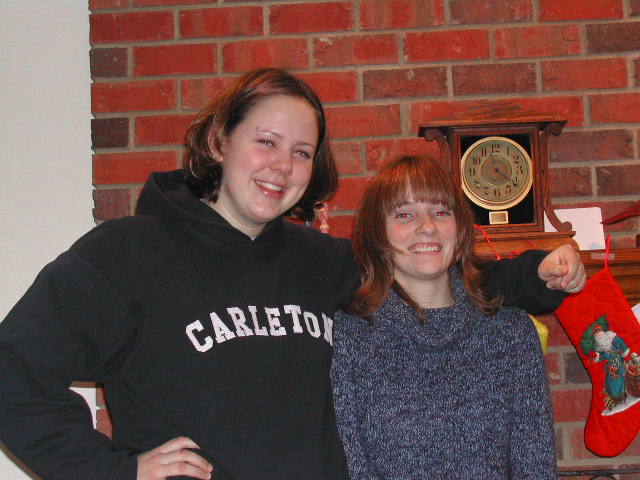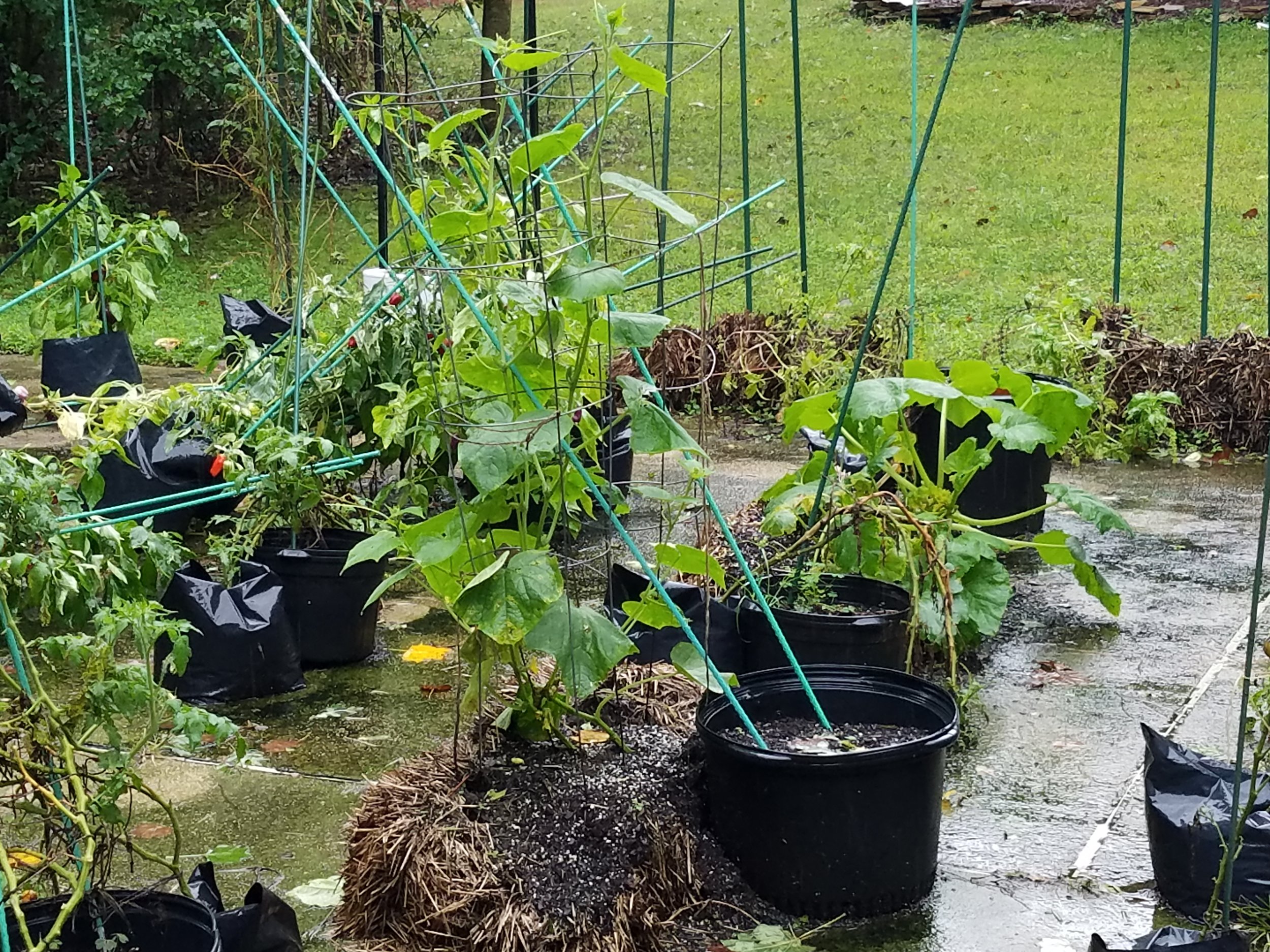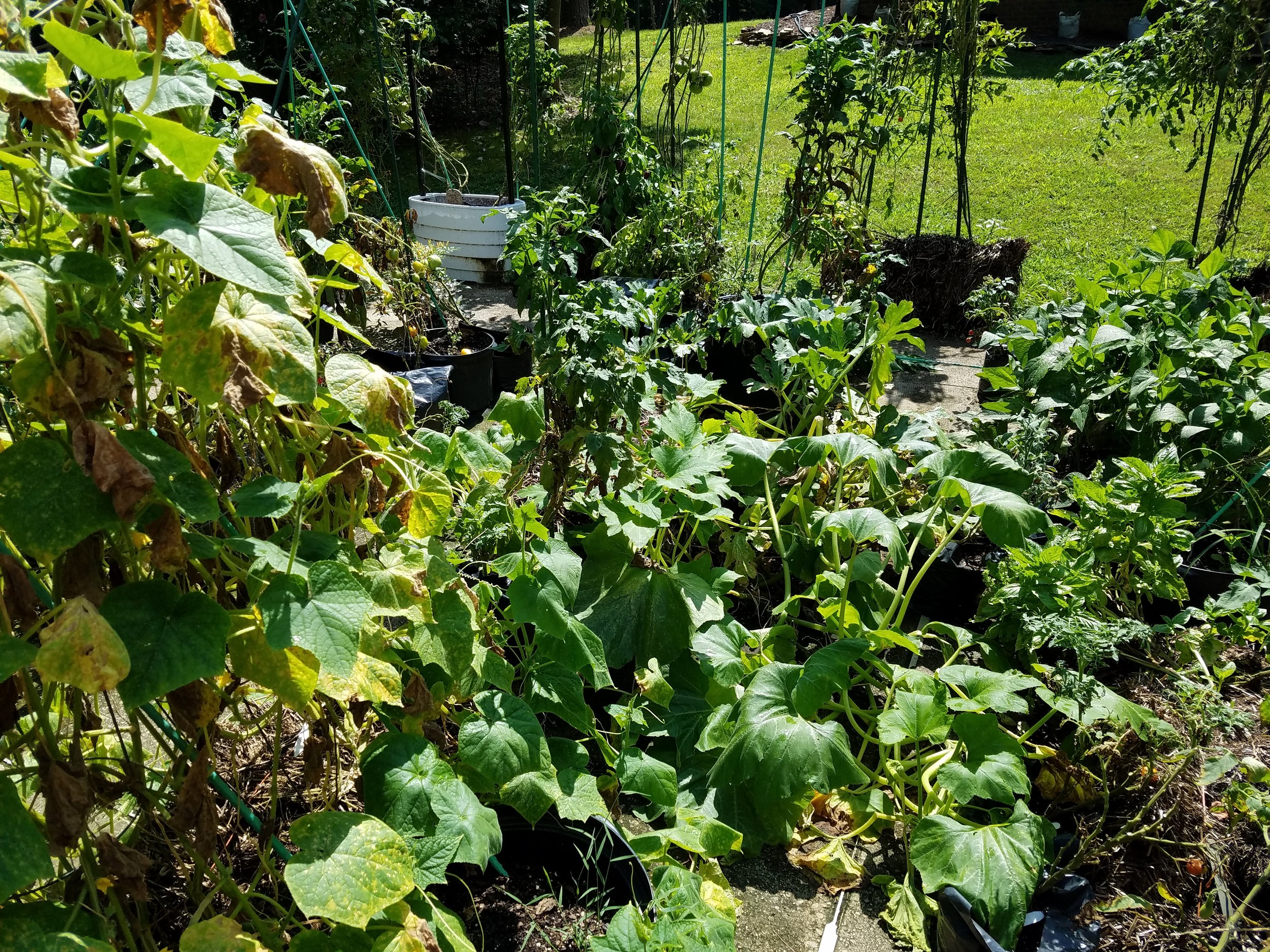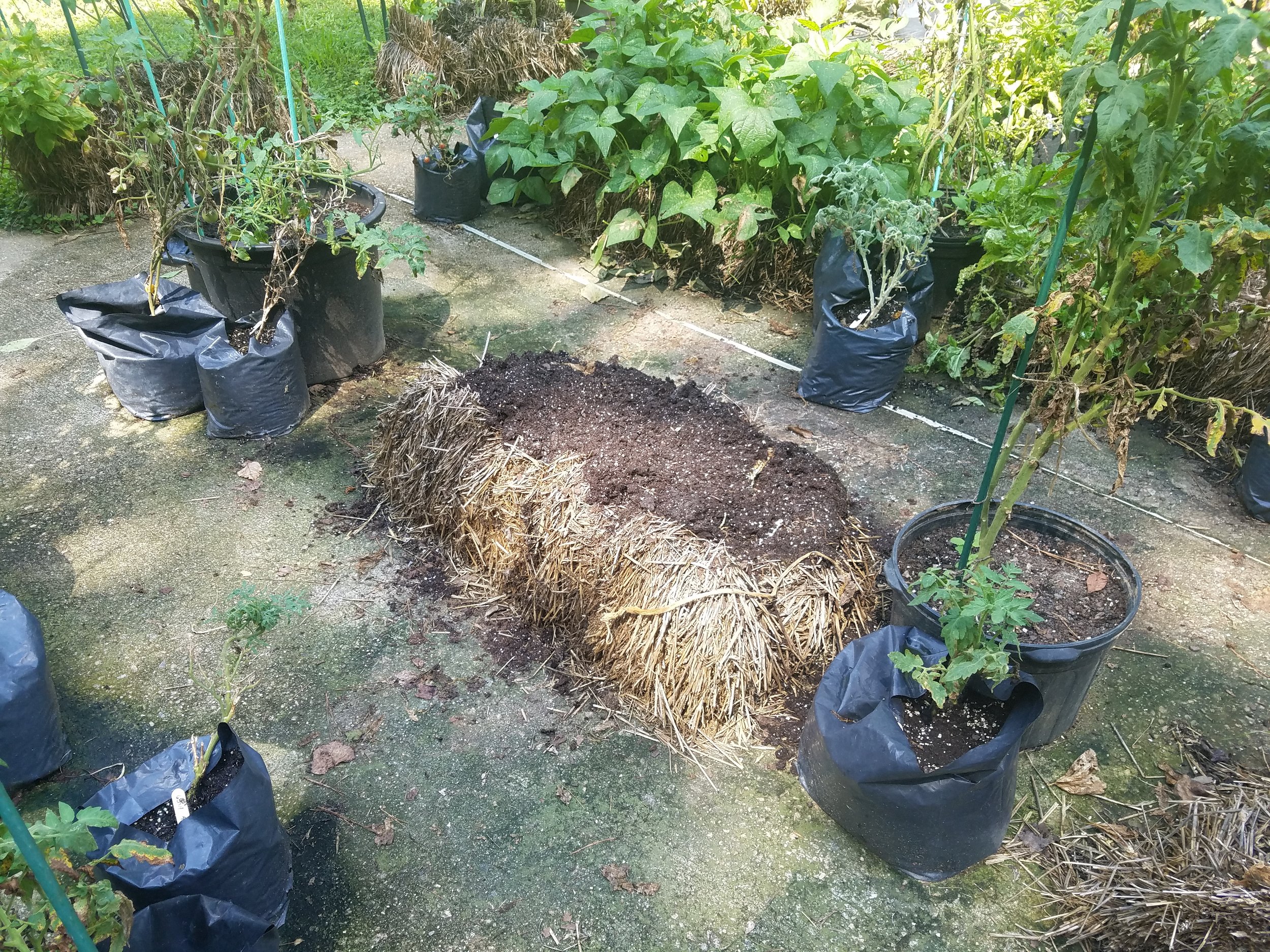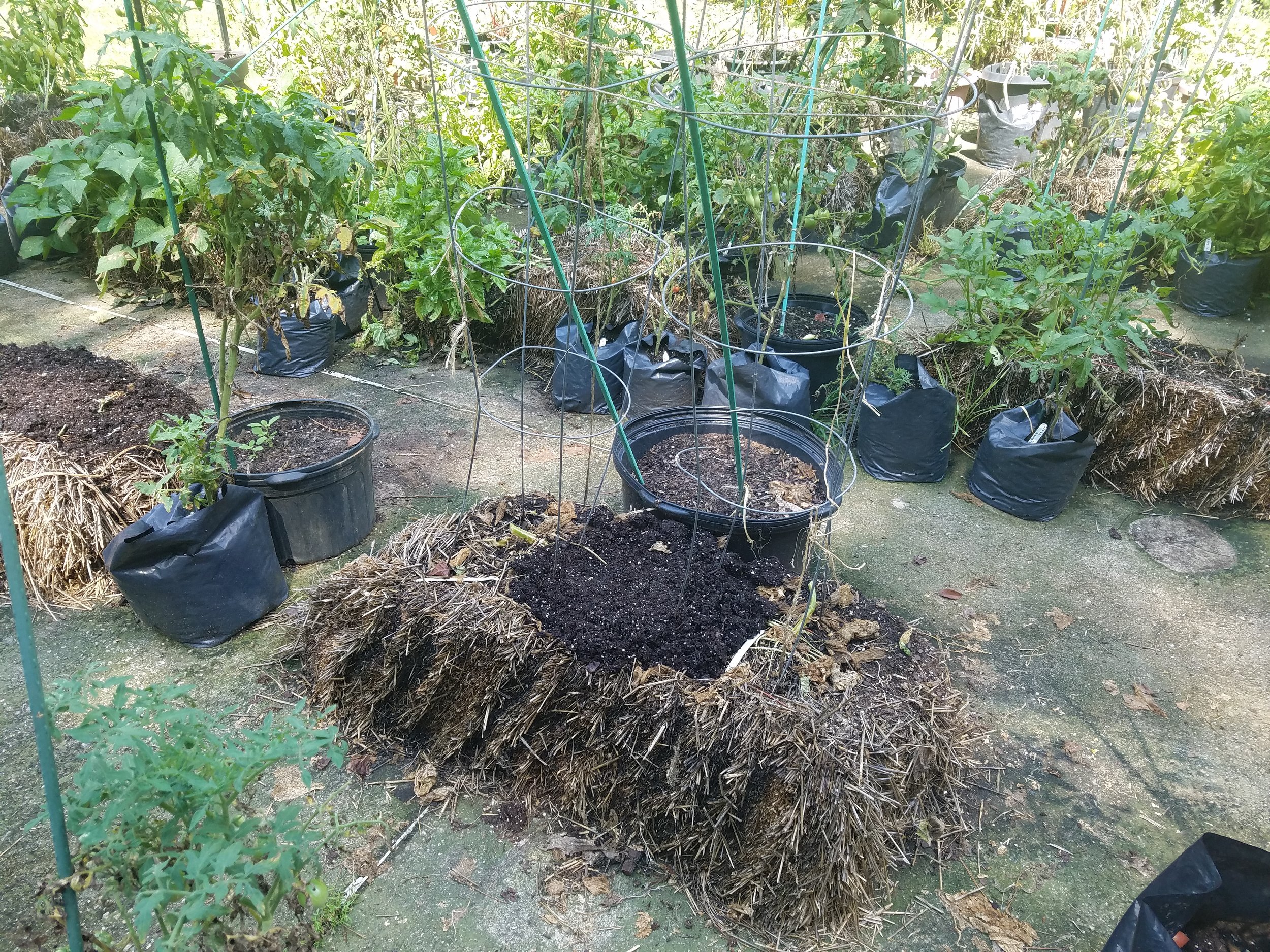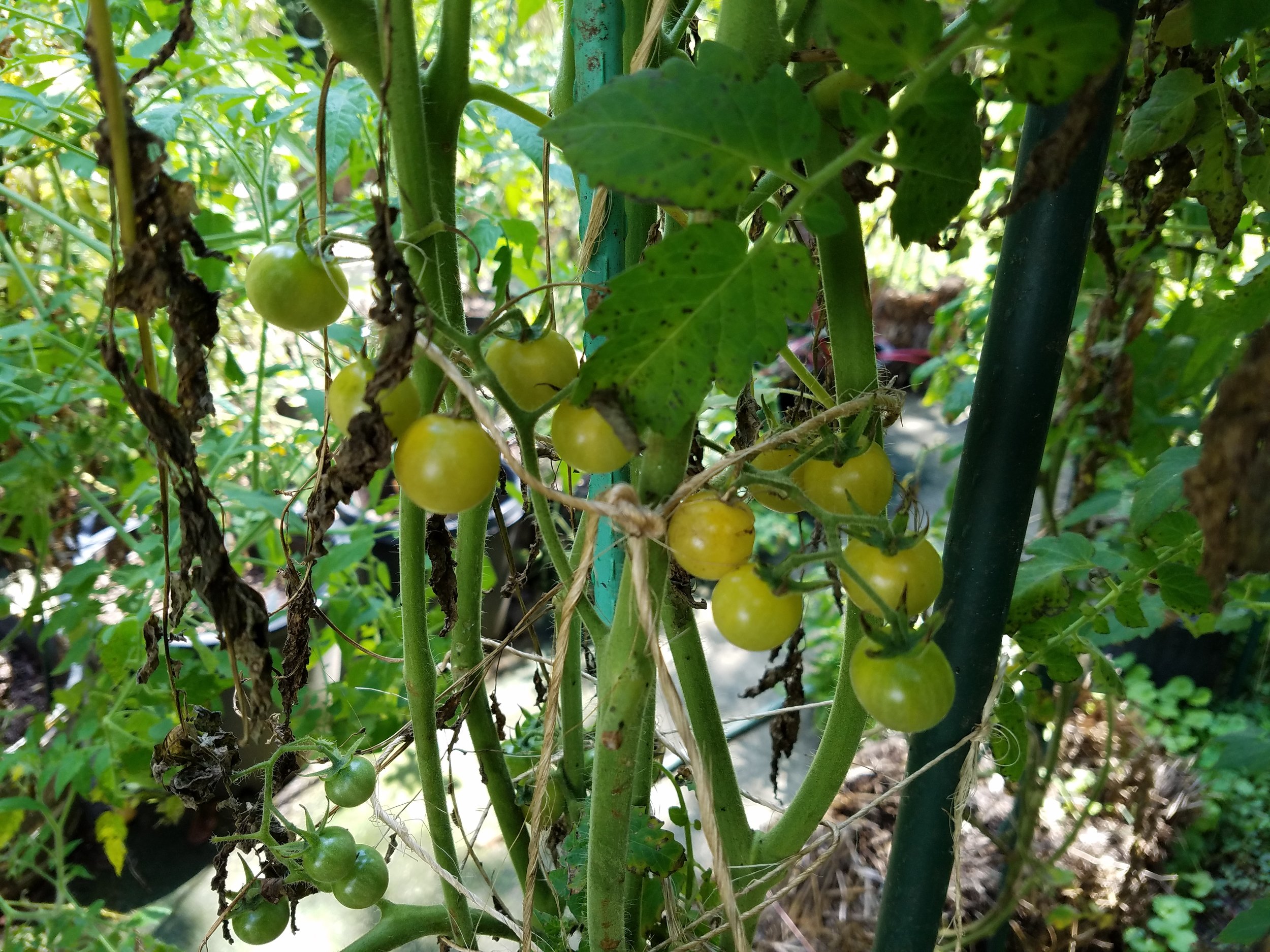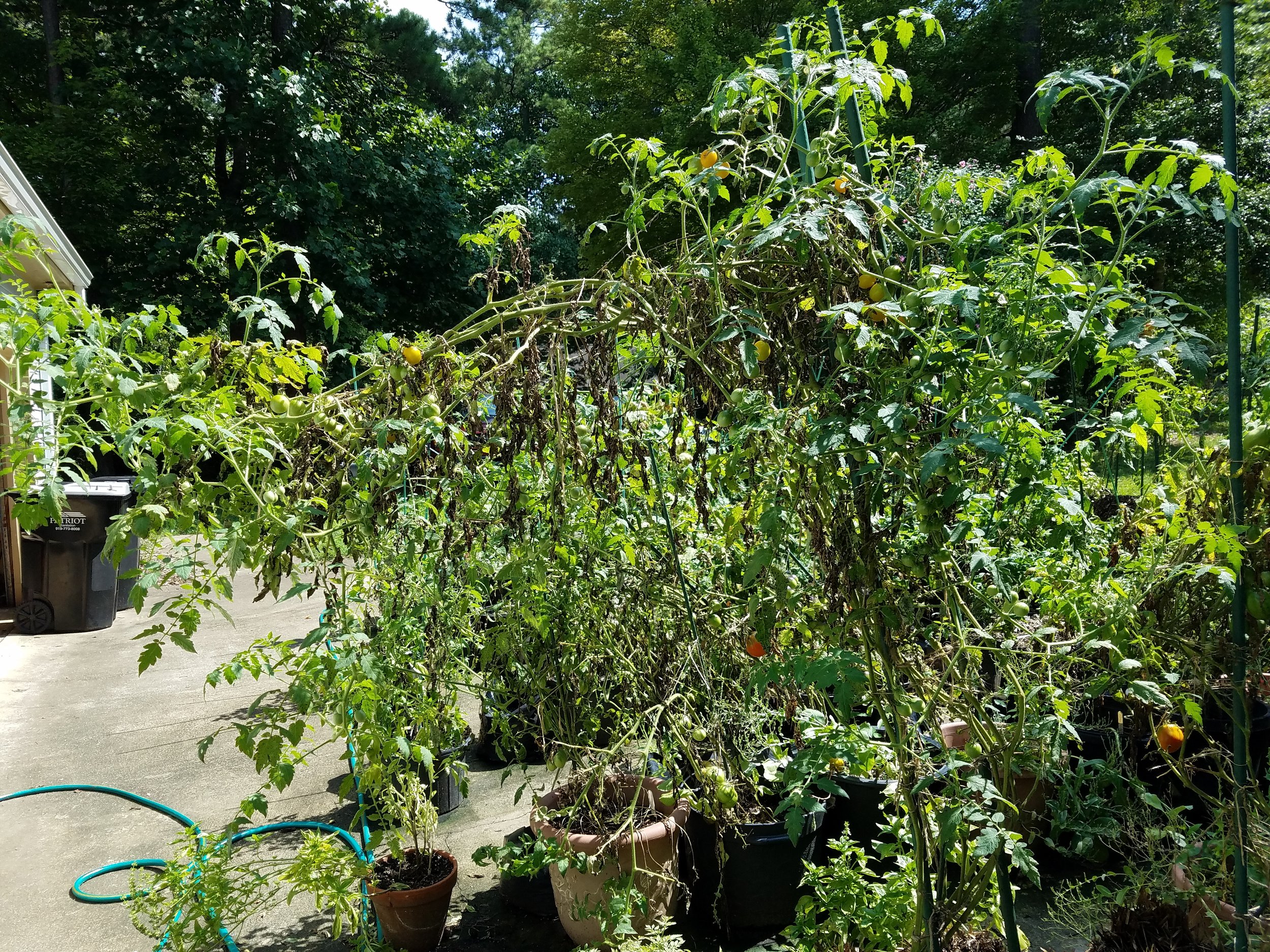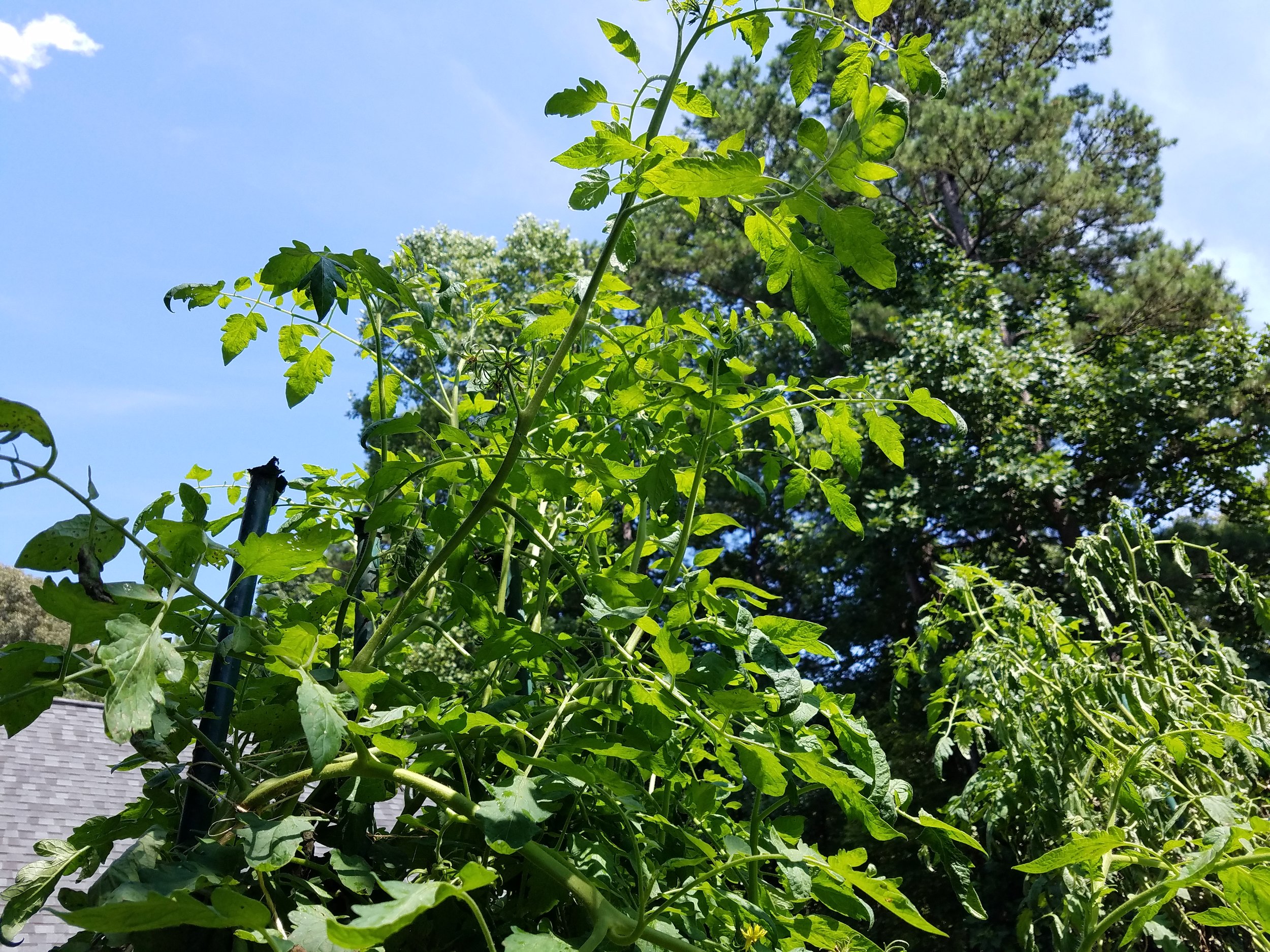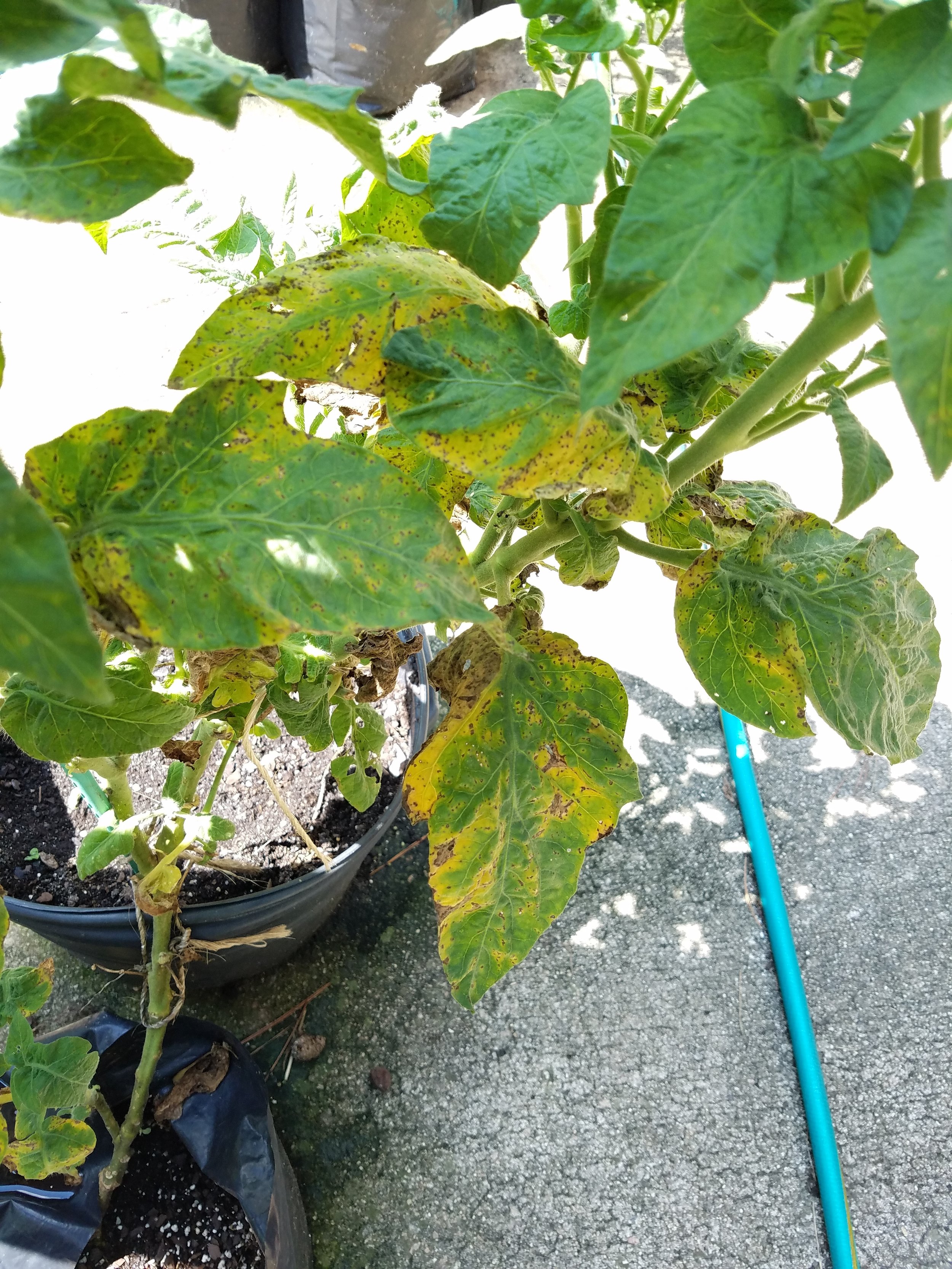In Part 1, I discussed the definition of “heirloom” and took you on a very brief tour of the history of the tomato in the US from its emergence as a popular food to eat and grow (mid 1850s) to the first commercially released hybrid variety, Burpee Big Boy, launched n 1949.
Before I cover the period between that and today, here is an interesting consideration about the possibility of a hybrid to be an heirloom, a point that arrived via a Tweet from a good friend. A bit of a twist of thinking is needed for this to be true. For the vast majority of gardeners, the ability to grow a variety, save seeds, share it and have it grow the same represents an open pollinated variety, which using my parameters means varieties in existence pre-1950 or so. This is how a non-hybrid can be passed along.
If, however, one knows the parents of a particular favored hybrid, the method of producing it - knowledge of the two parent varieties - can become an heirloom, akin to a handed down recipe. Let’s illustrate this with an example, using the story of one of the hybrids we created for our dwarf project, Sneezy. I love that hybrid - it is delicious, large, bright yellow and prolific. To create Sneezy, my Australian friend Patrina crossed two open pollinated varieties, Green Giant and Golden Dwarf Champion. When seeds are saved from the Sneezy hybrid fruit, growing them out provided a wild, diverse mix, some of which were worked on for years and stabilized to create some of our favorite releases from our Dwarf Tomato Project (such as Dwarf Mr Snow, Dwarf Sweet Sue and Summertime Green) But once Sneezy hybrid seed is gone, or becomes too old to germinate, one would have to go back and repeat the cross to experience the hybrid Sneezy again. Aside from hybrids created by home gardeners and amateur plant breeders, we typically have no idea what the parents of our favorite hybrid varieties are. Hence, if the hybrid producing company some day decides it no longer wishes to create Lemon Boy, or Better Boy, or Sun Gold, those varieties would vanish, never to be grown again unless one can pry the identity of the parents from the company, or social pressure induces the company to create and sell it again.
Tomato page from a 1952 Henderson catalog, featuring two of their large, open pollinated varieties, considered to be heirlooms today.
OK - let’s get back on track and return to the big breakthrough of Burpee. In the late 1940s, the company’s breeders crossed a large pink heirloom tomato with a medium sized red heirloom tomato (I’ve heard what those two may be through the grapevine, but nope…not telling!). The resulting hybrid, rather than used to breed an open pollinated variety, appeared to be such a superior variety that the actual hybrid seed was sold. It was christened Big Boy (which started a long line of other girl and boy tomatoes that arose over the coming decades) and started the predominance hybrids in seed catalogs right up until the emergence of the widespread availability and popularity of the heirloom types, beginning in the mid 1980s.
There are many examples of the big company seed catalogs providing text strongly suggests that customers focus on growing the newly created hybrids, instead of the older, open pollinated standard types. Aside from claims of higher yields, more plant “vigor” and larger fruit size, some specific disease tolerances were beginning to be included as well. This led to the listing of particular letters after the variety (F for tolerance or resistance to Fusarium wilt, N for Nematodes, V for Verticillium, etc).
Page from a 1952 Henderson catalog featuring two new hybrid varieties.
I am sure that all of you notice that hybrid seeds cost more, This actually makes sense, because each seed that winds up in the packet is the result of the physical act of transferring pollen from flowers of one parent onto the style of flowers of the other parent. Most hybrid tomatoes were (and largely continue to be) scarlet (also known as red) varieties, typified by Big Boy, Better Boy, and Celebrity. An occasional yellow or pink hybrid showed up in catalogs, but this is changing - more color variety is being worked in to new hybrid types, which I will cover in part 3.
For the coming decades, open pollinated varieties decreased and hybrid varieties increased, leading to the extinction of some older historic types. Disappearance of varieties would have been devastating if not for the emergence of the Seed Savers Exchange in 1975. Finally, an awareness of what was being lost, and effort to maintain what we still had, along with a mechanism, planted the seeds of the rapidly increasing popularity and awareness of heirloom varieties that continues to this day.
What is really remarkable is the realization that far more varieties of tomatoes with stunning diversity in terms of colors, shapes and sizes existed - but were often very local, limited to one community, or even one garden, arising from a chance mutation or cross. All of a sudden, green fleshed, yellow and red swirled, nearly white, deep orange and even striped tomatoes became options for the adventurous gardener. The Seed Savers Exchange provided the mechanism for sharing of the highly diverse, colorful heirloom tomatoes which can be found in so many gardens today. Small seed companies, such as Seeds Blum and Southern Exposure Seed Exchange, emerged that featured these stunningly colored tomatoes along with many other heirloom/open pollinated vegetables of all types.
page from a 1970 Bolgiano seed catalog - note the featured hybrid tomato variety at lower right.
The first set of well known heirloom tomato varieties included such names as Mortgage Lifter, Brandywine, and Persimmon. Seed Savers Exchange winter yearbooks dating from the late 1970s offered hundreds, and soon, as the organization grew and participation exploded, thousands of varieties - green fleshed, white fleshed, swirls of yellow and red, canary yellow, rich deep orange - the diversity is truly breathtaking. In 1990, with Black Krim and Cherokee Purple, the dark fleshed (“black” - some purple, some brown) varieties started to appear. Not only was the color array remarkable, but those of us who sampled liberally and grew lots of different types learned about the matching diversity of flavors - sweet, tart, rich, mild and all sorts of nuances such as peachy or fruity.
Full tomato page from the 1970 Bolgiano seed catalog - note that 14 are red, 3 are yellow, and 2 are pink.
In part 3, I will take a look at where we are today in terms of tomatoes, and where we may be going.


